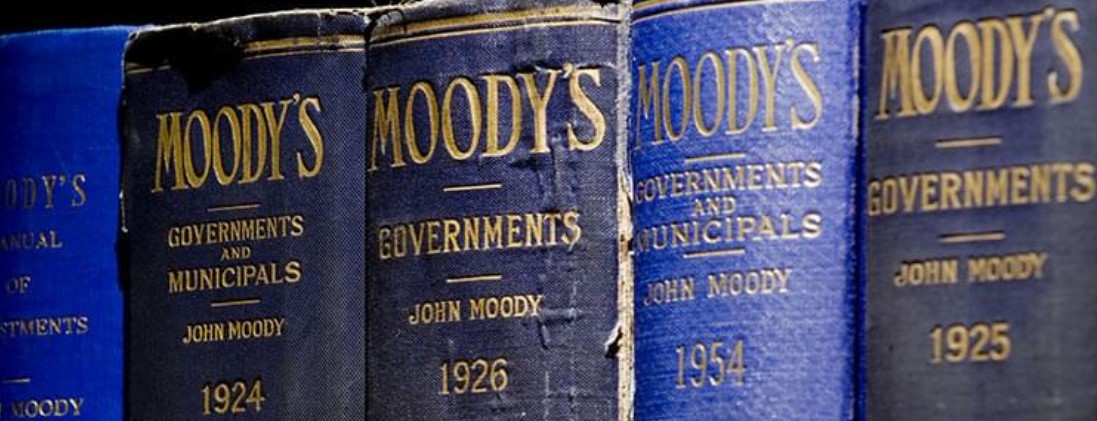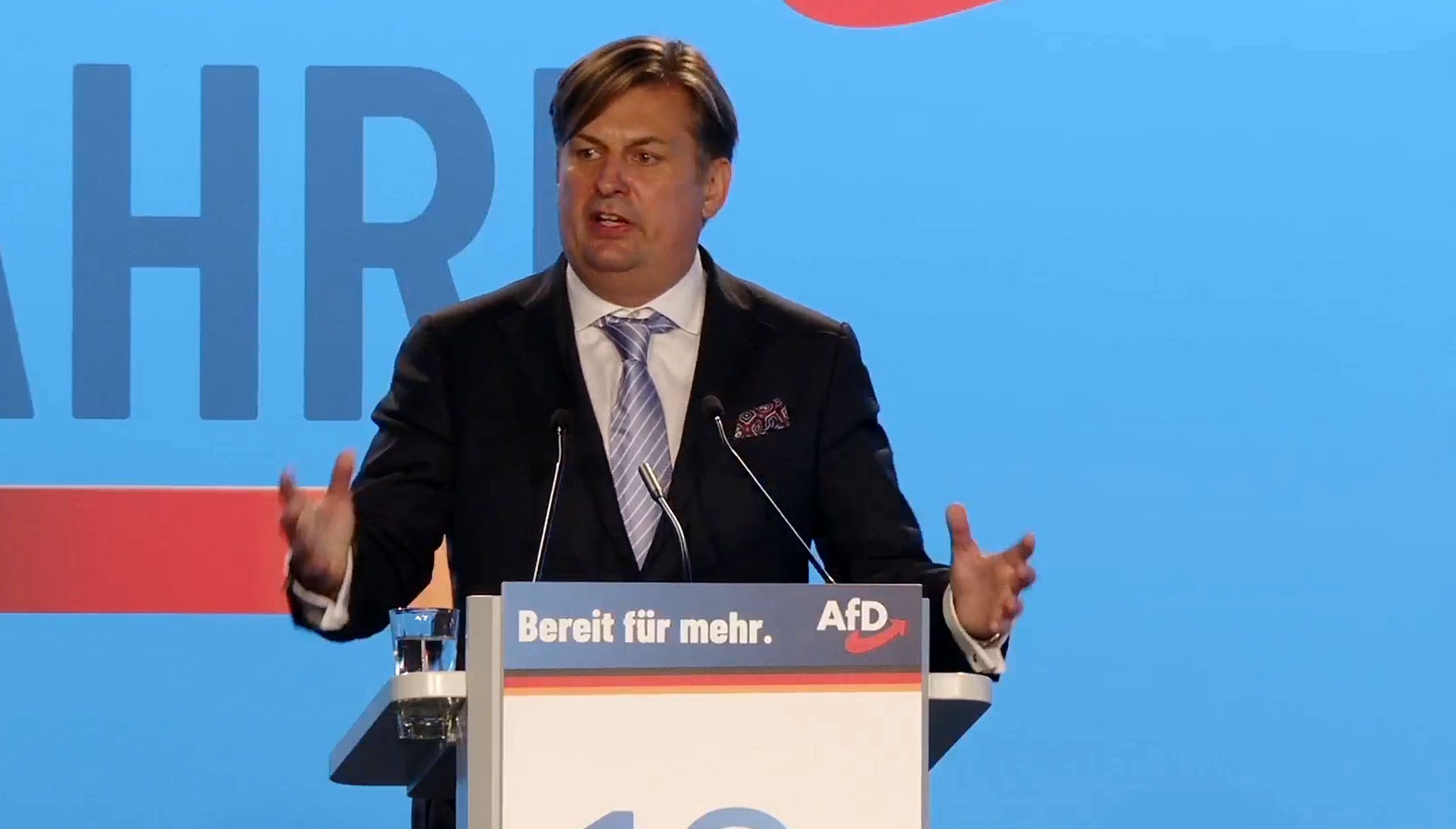In an interview with Il Sole 24 Ore, Kathrin Muehlbronner , senior vice president of Sovereign Risk at the New York rating agency Moody’s, said: “One aspect that we carefully monitor is the spread of populism among the population in Europe. And also in Italy. If the majority of citizens approach populist ideas or parties, obviously we cannot ignore it “.
These are very significant words, if you think that it is Muehlbronner herself, together with her staff, that determines the rating of one country. What if parties that the agency classifies as “populists” eventually come to power? In that case, a rating cut would the obvious answer.
This also suggests that Moody’s is less interested in the real underlying economic issues.
Her warning is reminiscent of one pronounced in May 2018 by the then European Commissioner for the Budget, Gunther Oettinger (who was later forced to apologize) when he said that “the markets will teach Italians to vote in the right way”.
It seems as if Moody’s is not aware that the definition of “populism” is so broad that it could take on various meanings and connotations. According to the political scientist Francis Fukuyama, for example, “populism is the label that elites put on policies that they don’t like but that have the support of citizens…”
Currently, says Muehlbronner in the interview, “the BAA3 rating is adequate for a country like yours, which has strengths (a diversified economy and low-debt families for example) but also weaknesses (a high public debt and a structurally low growth) “.
What could therefore push Moody’s to downgrade Italy? At least three issues noted by Muehlbronner: “One: the risks of a liquidity crisis in which the government has difficulty in refinancing the increased debt. Two: if fiscal policies capable of increasing public debt were launched. Three: an increase in the risk that Italy may exit the euro.”
What could increase the rating of Italy instead? According to the Moody’s analyst, “structural reforms” would be good. Italy, explained Kathrin Muehlbronner, “needs reforms that increase the potential of the economy. A few positive quarters of GDP are certainly not enough to change the rating”.
In October 2018 the agency cut Italy’s rating from BAA2 to BAA3 but with a stable outlook. The decision was linked to a “concrete change in the budgetary strategy, with a significantly higher deficit than expected” and this implied the continuation of “weak growth in the medium term”.
Rating agencies were magically “calmed down” when the Italian Democratic Party returned to government, after the “turnaround” last August that brought the League back to the opposition.
As for 2020, according to Moody’s, the estimate is a 0,5 percent growth in GDP . “We are convinced that Germany and Italy in 2019 suffered particularly from the contraction of the manufacturing sector, due to the uncertainty linked to the trade war between the US and China. This year we believe instead that the sector will recover, both in Germany and in Italy. Also because your country is very tied to German growth,” Muehlbronner pointed out to IlSole24Ore.
In 2017, the agency’s top European analyst warned that France’s rating could be weakened if Marine Le Pen reached the second round of the presidential elections.













No comments.
By submitting a comment you grant Free West Media a perpetual license to reproduce your words and name/web site in attribution. Inappropriate and irrelevant comments will be removed at an admin’s discretion. Your email is used for verification purposes only, it will never be shared.